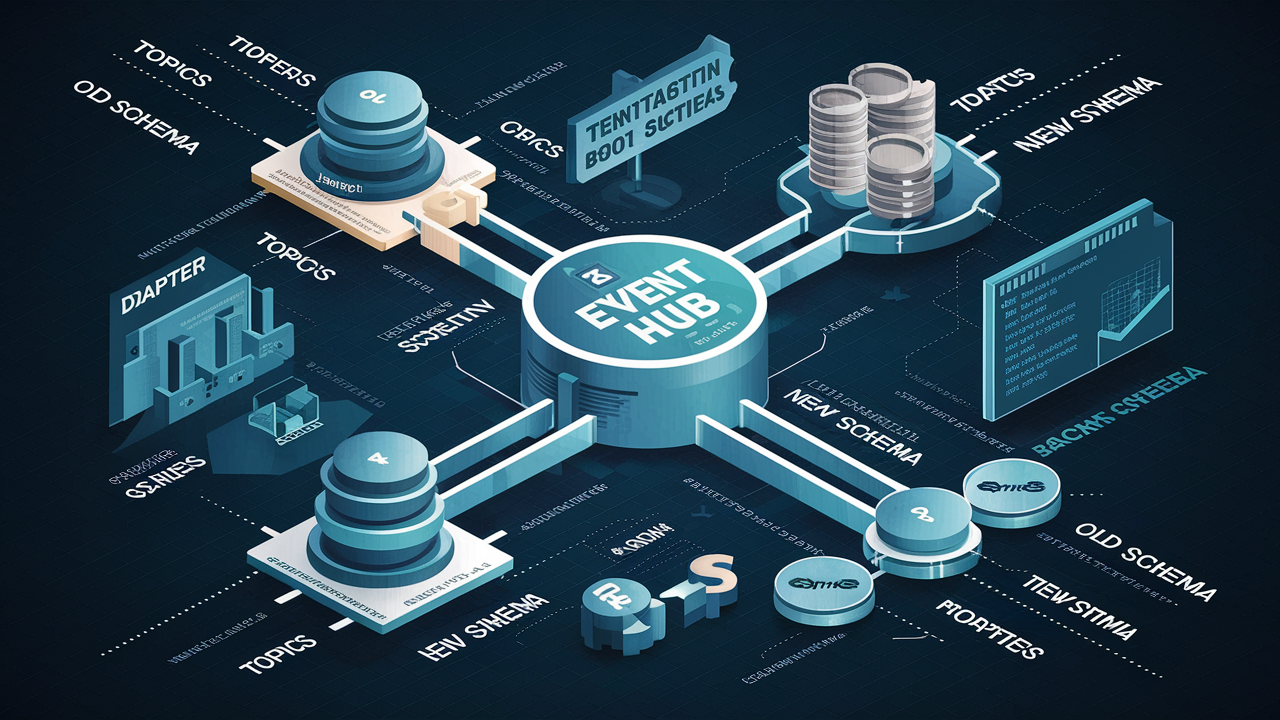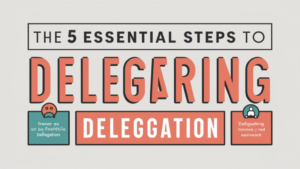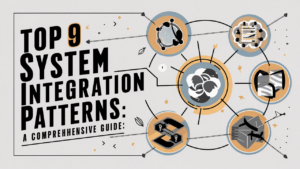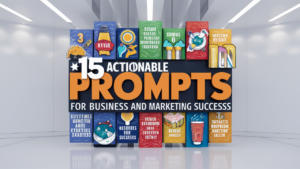Introduction
Event-Driven Architecture (EDA) is a powerful paradigm that enables systems to react to events in real-time. It’s flexible, scalable, and facilitates a decoupled architecture, making it ideal for modern applications. However, the excitement can quickly fade when you encounter the challenges of event versioning—particularly when it comes to maintaining backward compatibility during migrations.
Imagine you’ve been working with a producer and three consumers in your EDA setup. Over time, as you gain a better understanding of your domain, you realize that a structural change in your event schema is necessary. This change could involve adding new fields, changing data types, or modifying the structure of your events. But there’s a problem: your consumers are already tied to the existing schema. Coordinating a simultaneous deployment across multiple teams is not only challenging but also risky.
In this blog, we’ll explore a smart solution to ensure backward compatibility in Event-Driven Architecture during migration. This approach will help you avoid the chaos of coordinated deployments, reduce the need for endless meetings, and ensure a smooth transition with minimal disruptions.
The Challenge of Event Versioning
As your system evolves, the need for structural changes in your event schema becomes inevitable. This is a natural part of any software’s lifecycle as you gain new insights into your domain and business requirements. However, these changes pose a significant challenge in an event-driven system where multiple consumers are dependent on the existing schema.
Common Issues with Event Versioning:
Breaking Changes: Introducing a new version of an event schema can break existing consumers that expect the old format. This can lead to data inconsistencies, application errors, and increased support overhead.
Coordinated Deployments: To avoid breaking changes, teams often resort to coordinated deployments, where all consumers are updated simultaneously to handle the new schema. This approach is not only time-consuming but also prone to errors.
Increased Complexity: Managing multiple versions of event schemas adds complexity to your system, making it harder to maintain, debug, and test.
Given these challenges, it’s clear that a more flexible and scalable approach is needed to handle event versioning in EDA.
A Smarter Solution: Implementing Backward Compatibility
The key to avoiding the pitfalls of event versioning lies in backward compatibility. By ensuring that new versions of your event schema are compatible with existing consumers, you can introduce changes without breaking your system or requiring coordinated deployments.
Here’s a step-by-step guide on how to implement backward compatibility in your event-driven architecture:
1. Introduce a New Topic for the Updated Event Schema
When you decide to update your event schema, the first step is to create a new topic in your Event Hub that will handle the updated events. This allows you to continue using the old schema for existing consumers while introducing the new schema without causing disruptions.
New Topic: Create a topic in your Event Hub specifically for the new version of the event schema. For example, if your old topic was UserTopic, the new topic could be UserTopicV2.
Updated Schema: The new topic will receive events in the updated schema, which may include additional fields, modified structures, or other changes that are necessary for your system.
2. Develop an Adapter for Schema Translation
To maintain backward compatibility, you need an adapter that listens to the new topic and translates the updated event schema back into the old format. This adapter ensures that your existing consumers, which are still tied to the old schema, can continue to function without any changes.
Adapter Role: The adapter’s job is to monitor the new topic (UserTopicV2), translate the events into the old schema, and publish them to the old topic (UserTopic).
Schema Translation: The adapter translates the fields, structure, and data types of the new schema into the format expected by the old schema, ensuring that existing consumers can process the events without errors.
Example:
If your updated event schema includes a new field like contact, which contains both email and phone, the adapter would break this field into separate email and phone fields to match the old schema.
json// New Schema (UserTopicV2) { “eventType”: “userCreation”, “version”: “2.0”, “userId”: “12345”, “contact”: { “email”: “newuser@example.com”, “phone”: “123-456-7890” } } // Translated Old Schema (UserTopic) { “eventType”: “userCreation”, “version”: “1.0”, “userId”: “12345”, “email”: “newuser@example.com”, “phone”: “123-456-7890” }
3. Gradual Migration of Consumers
With the adapter in place, you can begin to gradually migrate your consumers to the new event schema. This approach allows you to test the new schema with individual consumers without disrupting the entire system.
Start Small: Begin by migrating one consumer at a time to the new topic. This allows you to test the new schema in a controlled environment and identify any potential issues before rolling it out to all consumers.
Monitor and Optimize: Closely monitor the performance and behavior of the migrated consumer. If everything works as expected, proceed to migrate additional consumers.
This gradual approach minimizes risk and allows you to address any issues incrementally, rather than dealing with them all at once during a coordinated deployment.
4. Decommission the Old Schema
Once all consumers have been successfully migrated to the new event schema, you can safely decommission the old topic and remove the adapter. This step finalizes the migration and simplifies your system by eliminating the need to support multiple schemas.
Decommissioning Plan: Develop a plan for decommissioning the old schema, including notifying all relevant stakeholders and ensuring that no consumers are still dependent on the old topic.
Testing: Before decommissioning, conduct thorough testing to confirm that all consumers are functioning correctly with the new schema.
By carefully planning and executing this decommissioning process, you can avoid disruptions and ensure a smooth transition to the new event schema.
Advantages of This Approach
By following the steps outlined above, you can enjoy several key advantages that make this approach to event versioning both practical and effective.
1. No Coordinated Deployments Required
One of the most significant benefits of this approach is that it eliminates the need for coordinated deployments. Since consumers can be migrated to the new schema gradually, there’s no need to coordinate updates across multiple teams or services. This reduces the risk of deployment errors and minimizes downtime.
2. Reduced Risk of Breaking Changes
The use of an adapter to translate schemas ensures that existing consumers can continue to function without any changes. This approach reduces the risk of introducing breaking changes that could disrupt your system or cause data inconsistencies.
3. Improved Flexibility and Scalability
By decoupling the migration process from the overall system architecture, you gain greater flexibility to make changes as needed. This approach also enhances scalability, as you can update individual components without impacting the entire system.
4. Simplified Testing and Debugging
With a gradual migration process, testing and debugging become more manageable. You can test the new schema with individual consumers, identify and resolve issues early, and ensure that each component works correctly before moving on to the next.
5. Streamlined Meetings and Communication
Finally, this approach reduces the need for endless meetings and complex coordination efforts. By allowing consumers to migrate at their own pace, you can focus on testing and development rather than managing extensive deployment schedules.
Best Practices for Maintaining Backward Compatibility
To ensure the success of your migration and maintain backward compatibility, consider the following best practices:
Use Semantic Versioning: Adopt semantic versioning for your event schemas to clearly communicate changes and ensure that consumers understand which version they are working with.
Document Changes: Provide thorough documentation for any changes to the event schema, including examples, field mappings, and expected behaviors. This helps consumers understand the impact of the changes and how to adapt.
Implement Automated Testing: Set up automated tests to validate both the new and old schemas. This helps catch any potential issues early and ensures that the translation between schemas is working as expected.
Communicate with Stakeholders: Keep all relevant stakeholders informed throughout the migration process. Regular updates and clear communication help prevent misunderstandings and ensure a smooth transition.
Plan for Rollback: Have a rollback plan in place in case any issues arise during migration. This plan should include steps to revert consumers to the old schema if necessary.
Conclusion: How to Ensure Backward Compatibility in Event-Driven Architecture During Migration
Event-Driven Architecture offers many benefits, but managing event versioning can be a significant challenge, especially when it comes to maintaining backward compatibility during migrations. By following the approach outlined in this guide, you can ensure a smooth transition to new event schemas without disrupting your system or requiring coordinated deployments.
By introducing a new topic for the updated schema, using an adapter for schema translation, gradually migrating consumers, and decommissioning the old schema once migration is complete, you can effectively manage event versioning in your EDA.
This approach not only reduces the risk of breaking changes but also simplifies the migration process, making it more flexible, scalable, and easier to manage. As a result, you can focus on improving your system and delivering value to your users without the headaches of coordinated deployments and endless meetings.
Remember: The key to success is careful planning, thorough testing, and clear communication with all stakeholders. By following best practices and staying vigilant throughout the migration process, you can maintain backward compatibility and ensure a seamless transition to your new event schema.
If you’re ready to implement backward compatibility in your Event-Driven Architecture, follow the steps in this guide, and don’t hesitate to reach out with any questions or challenges you encounter along the way. Happy coding!







